How Ohio Community Colleges Are Using Guided Pathways to Personalize Student Support
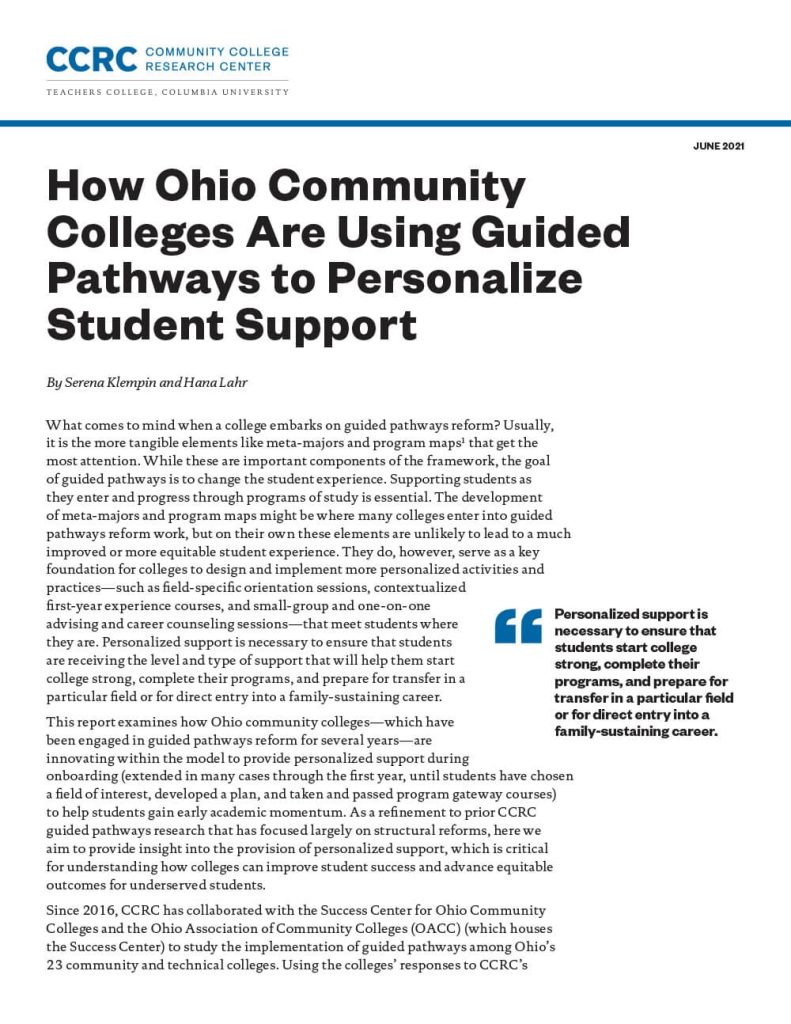
This report examines how Ohio community colleges—which have been engaged in guided pathways reform for several years—are innovating within the model to provide scaled, personalized support to help students gain early academic momentum.
Strategies for Improving Postsecondary Credential Attainment Among Black, Hispanic, and Native American Adults
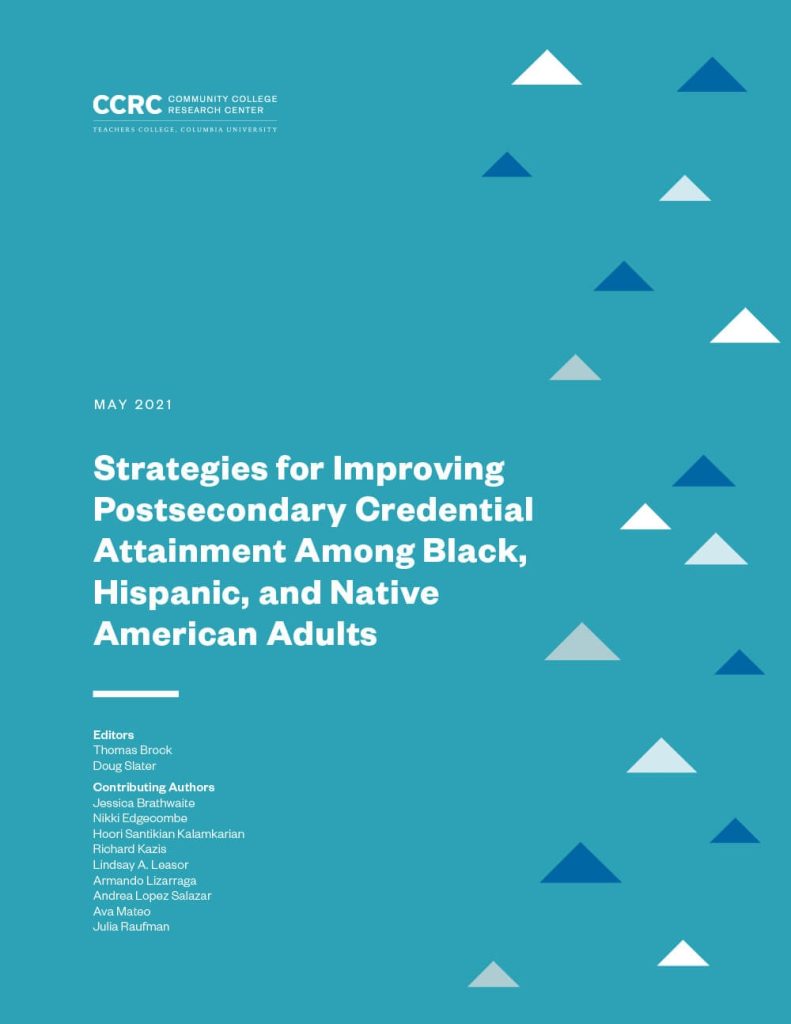
This set of three studies examines what states and community colleges can do to address the needs of racially minoritized adult learners who are pursuing postsecondary education and training as a path to re-employment, better jobs, and higher incomes.
Happy Together? The Peer Effects of Dual Enrollment Students on Community College Student Outcomes
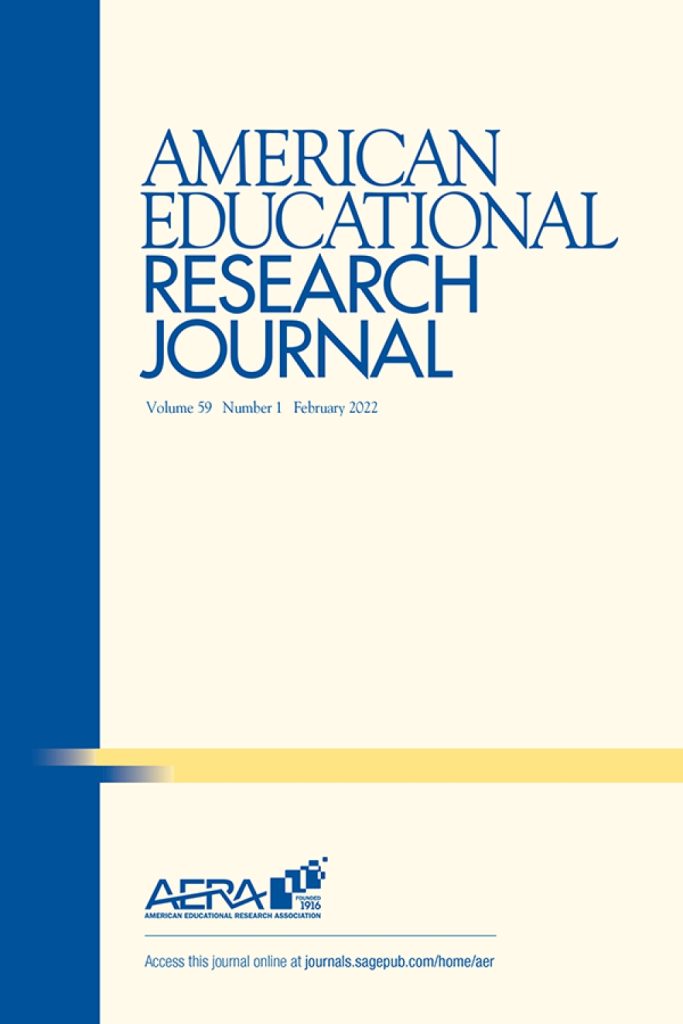
Using administrative data from a large state community college system, this paper examines whether being exposed to a higher percentage of dual enrollment peers influences non-dual enrollment enrollees’ performance in college courses.
College Acceleration for All? Mapping Racial/Ethnic Gaps in Advanced Placement and Dual Enrollment Participation
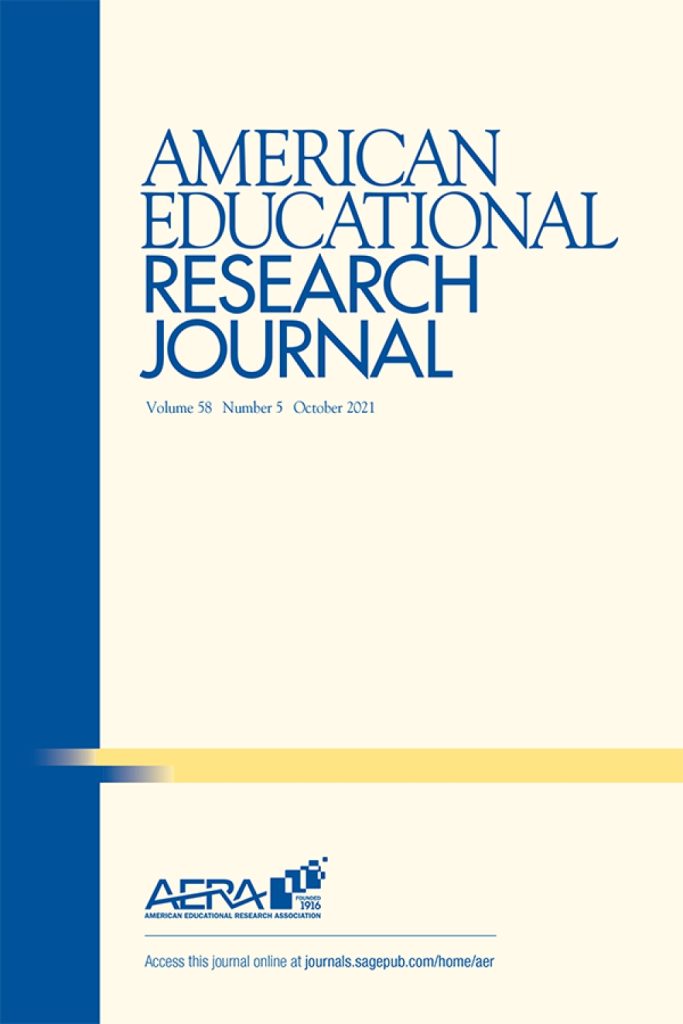
This paper estimates the patterns and sources of White–Black and White–Hispanic enrollment gaps in Advancement Placement (AP) and dual enrollment programs across several thousand school districts and metropolitan areas in the United States.
Can Dual Enrollment Algebra Reduce Racial/Ethnic Gaps in Early STEM Outcomes? Evidence From Florida
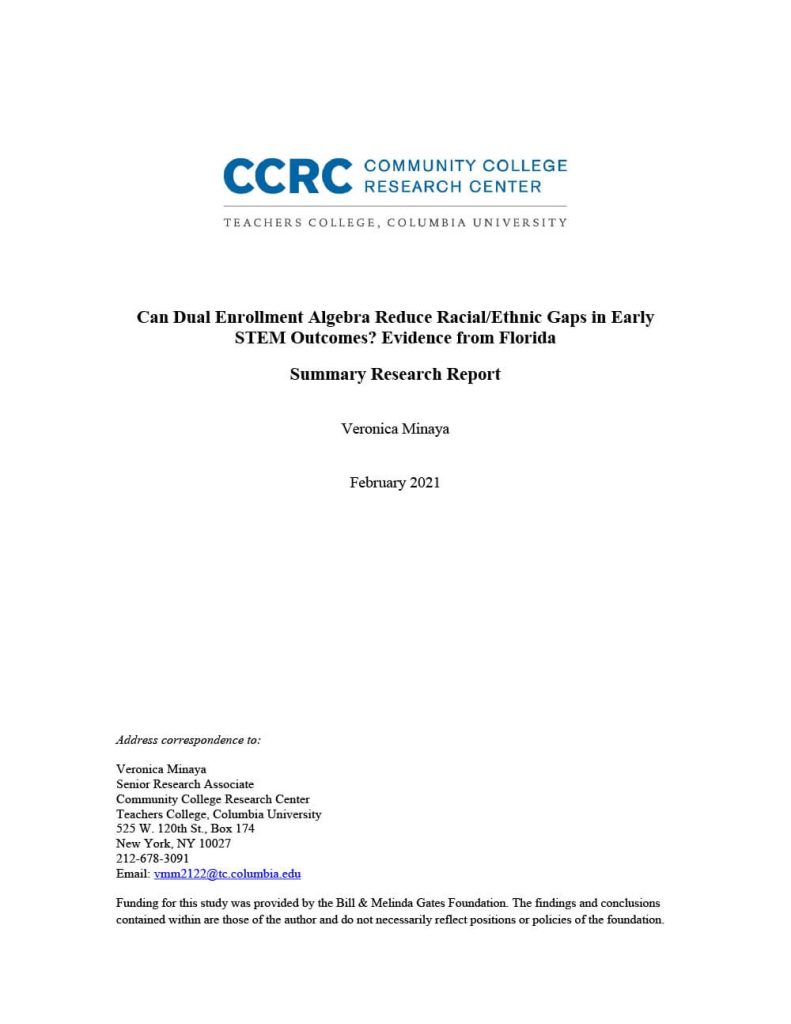
Using descriptive methods as well as a quasi-experimental approach, this report examines the early college outcomes of Florida high school students who enrolled in a dual enrollment college algebra course.
